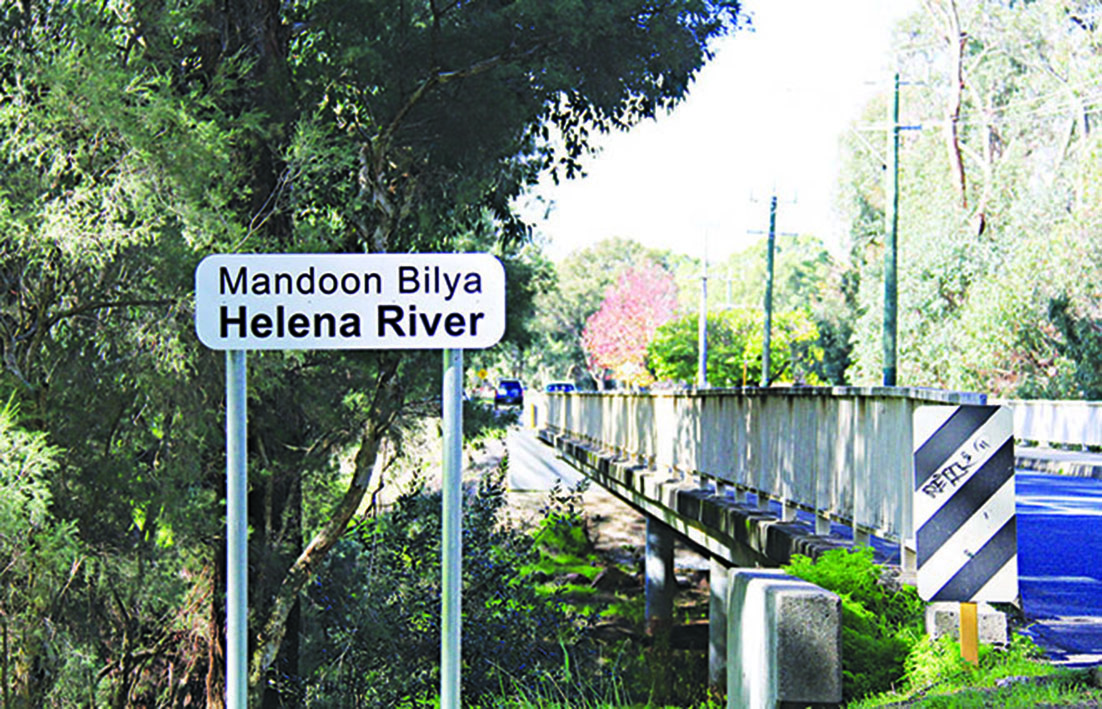
Published Echo News June 23, 2023
THE Department of Planning, Lands and Heritage says the “Western Australian government is ready to transition to the new Aboriginal cultural heritage legislation on July 1,” despite opposition parties and a petition calling for a delay of the new act’s implementation.
In Midland, on the current DPLH map, there are six registered Aboriginal sites, alongside four registered heritage sites, with countless others listed for the surrounding suburbs.
The DPLH spokesperson said a map of protected areas will be available on July 1 at the DPLH website.
Shadow minister for Aboriginal Affairs Mia Davies said “the process of introducing this act has been shambolic from beginning to end.
“The opposition has been calling for the delay of the act coming into effect and have raised serious concerns about the lack of information and readiness of both government and key stakeholders to make sure the intent of the act can be delivered,” she said.
The DPLH said the new act will make it illegal to interfere with Aboriginal cultural heritage without proper authorisation, and seeks to bring Aboriginal organisations into the decision making process where their cultural heritage was at risk of interference.
Residential properties under 1100sqm will be exempt from the act, and residential properties over 1100sqm will also have exemptions applied, such as installing a patio or a pool.
Farmers conducting ‘like-for-like’ activities are also exempt, which “means activities that are the same in extent, height and depth as existing activities carried out can continue,” a DPLH spokesperson said.
The DPLH has classed acts such as these as a ‘minor activity,’ and no approval is required to undertake them. Other activities exempt include constructing a home or general maintenance, alongside activities such as ploughing and seeding existing paddocks, or maintaining existing water, electricity or other infrastructure.
Ms Davies said one of the biggest challenges currently facing the act is making sure people know they are in a protected area.
“The map and register kept by the government is incomplete and inaccurate,” she said.
“There are a number of exempt activities under the new act, including ‘like-for-like’ activities on farms.
“However, there is significant confusion regarding the responsibilities of landowners in relation to land disturbing activities that may trigger the act,” she said.
The DPLH said the new act will make “activities that involve moderate to high level ground disturbance” require an Aboriginal cultural heritage management plan, which the DPLH said landowners will have to negotiate with relevant Aboriginal parties.
This includes activities in which major land clearing will take place, or the construction of a new mine site.
The DPLH said ‘Medium’ activities – which involve low-level ground disturbance – will have to be undertaken with due diligence on behalf of the landowner alongside them applying for a permit from their Local Aboriginal Cultural Heritage Service.
A spokesperson for the DPLH said that “LACHS have not yet been designated.
“This new system for managing Aboriginal cultural heritage is not reliant on LACHS being established.
“Native title organisations – such as the South West Regional Corporations – will be the primary point of contact, many of which have established governance and decision-making processes in place,” they said.
The new act has been bought into place after Rio Tinto destroyed Juukan Gorge in 2020, a sacred place to the traditional owners of the land.